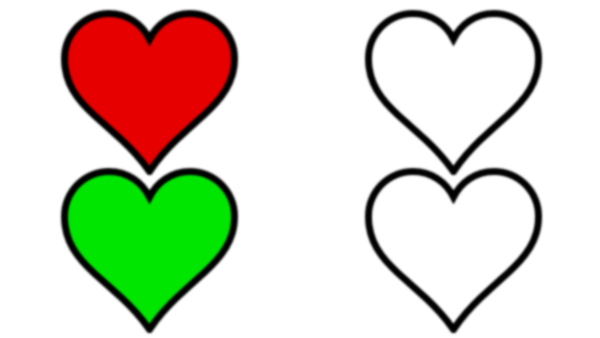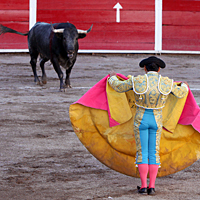Why Is Green Often Used for Surgeons' Scrubs?
Believe it or not, this is another case of adaptation! Surgeons spend a lot of time looking at the reddish colors of organs, muscles, and blood inside their patients and their eyes can easily tire of these red hues. When the surgeons look away from their work to rest and refresh their eyes, they would see eerie greenish afterimages of the objects they had been working on. This can be both disconcerting and distracting, two things that aren't desirable for surgeons in the middle of surgery. Instead, green, or greenish-blue, scrubs became more popular than the more traditional white (for cleanliness) scrubs because they were felt to be easier on the eyes. In this case, "easier on the eyes" means that the disconcerting afterimages are broken up and made less perceptible by glancing at the scrubs of the same color. This makes it easier for the surgeons to normalize their visual adaptation and then go back to work with the best sensitivity to subtle differences in red hues that they might be looking for.
Another interesting interaction between colors and objects is the Stroop effect. Look at the words in the list below and say they color of the text out loud. Then try again saying the word instead of the color of the letters in the word. You should notice that it is much easier to say the word than it is to correctly say the color of the letters. This is due to the interactions in our brain when we recognize things. The words themselves take precedence over the colors of the letters. Color is not so important for us in recognizing objects as form, or shape is.
REDThere are many interesting ways that color interacts with other perceptions and these interactions can be explored endlessly.
GREEN
YELLOW
BLUE
PURPLE
ORANGE
BROWN
BLACK
PINK
![]()
Explore the NEXT TOPIC at this level.
Explore the NEXT LEVEL on this topic.
Ever wonder ... Why do colors fade in the evening?
Updated: Dec. 31, 2010

